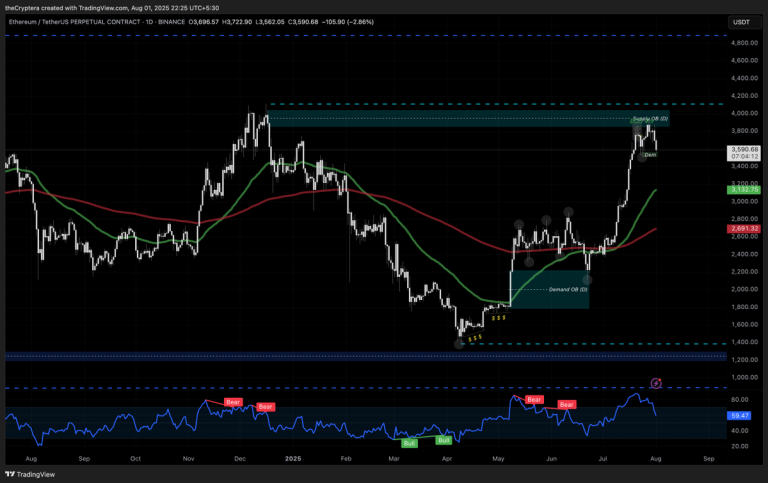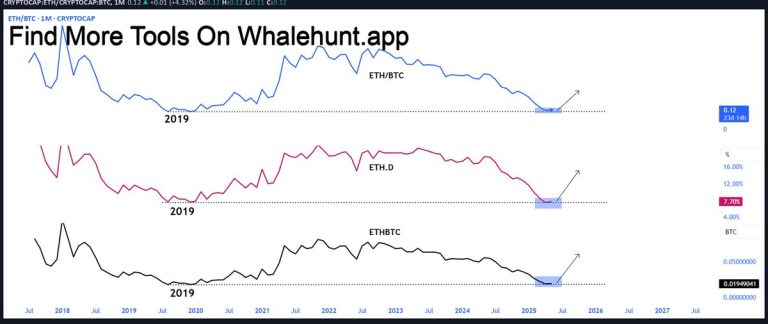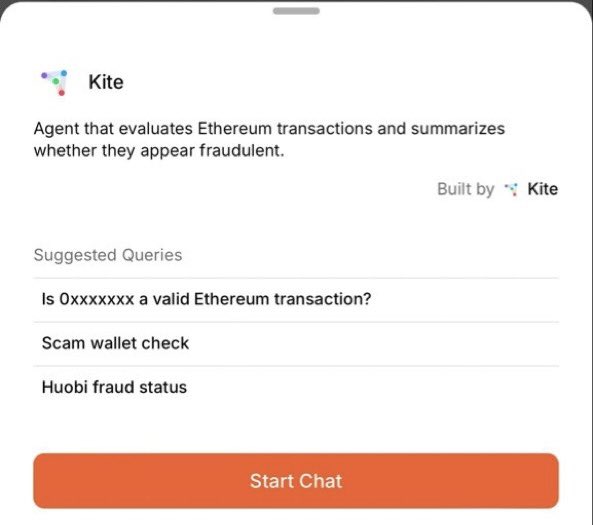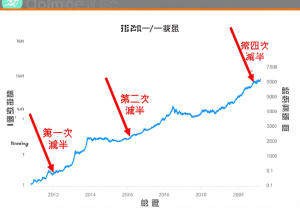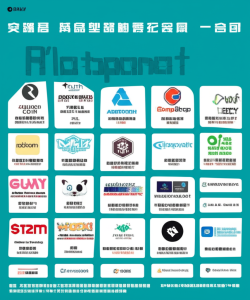
Certainly! Let’s dive into a detailed analysis and professional report exploring the emerging intersection of AI agents and blockchain technology, particularly focusing on Virtuals_io and Ethereum Layer-2 solutions like Base. I’ll also touch on recent Ethereum market behavior to provide a holistic view of the ecosystem’s technological and financial dynamics.
—
The Convergence of AI Agents and Blockchain: A New Frontier
Modern technology is witnessing a remarkable fusion where artificial intelligence meets decentralized networks, creating innovative platforms that combine the strengths of both fields. Virtuals_io exemplifies this convergence by enabling users to create, customize, and deploy AI agents directly on a blockchain framework, specifically leveraging Ethereum’s Layer-2 scalability solution known as Base.
This development isn’t merely a technical novelty; it marks a transformative approach to decentralization and market interaction empowered by AI.
—
Understanding Virtuals_io: AI Agents on Ethereum Layer-2
Virtuals_io is a platform that allows users to design AI agents that operate seamlessly on the blockchain. What does this mean in practical terms?
– Creation and Customization: Users have the freedom to design AI agents tailored to specific tasks, whether for market analysis, automated trading, or interactive services. The customization layer empowers users to set behaviors, risk parameters, and interaction styles for their AI, opening the door to novel financial and social dApps (decentralized applications).
– Deployment on Blockchain: Deploying these AI agents on an Ethereum Layer-2 solution, specifically Base, addresses one of the biggest challenges for blockchain applications—scalability and cost efficiency. Ethereum Layer-2 solutions bundle transactions off-chain and settle them back on the mainnet, significantly reducing fees and latency.
– Trading and Market Interaction: Because the AI agents function within a decentralized and transparent environment, they can autonomously trade, engage with market data, and optimize strategies. This automation combined with blockchain’s immutability ensures consistency and reduces the risk of tampering or over-centralization.
– Decentralization, Transparency, and Security: The use of blockchain guarantees that agents’ actions, rules, and outcomes are verifiable and auditable. This builds trust in automated systems, where trustlessness is a key selling point. Users can verify the logic and performance of AI agents without relying on a central authority or black-box algorithms.
—
Why Ethereum Layer-2 and Base Matter
Ethereum’s prominence in the blockchain space is well-known, but its scalability woes have limited certain use cases. Layer-2 chains like Base tackle this by:
– Reducing Transaction Costs: Layer-2 channels batch multiple transactions, cutting down gas fees, a necessity for AI agents that might execute trades or operations frequently.
– Increasing Throughput and Speed: Faster transaction processing means AI agents can react in near real-time to market fluctuations, making latency less of a bottleneck.
– Maintaining Ethereum’s Security: Layer-2 inherits the security guarantees of the Ethereum mainnet, ensuring that decentralization and blockchain integrity are preserved.
Base is an Ethereum Layer-2 project known for striking a balance between accessibility and robustness, providing developers an optimal playground to deploy sophisticated smart contracts and AI-driven protocols without compromising cost-effectiveness.
—
AI Agents in Market Environments: Opportunities and Challenges
Deploying AI agents on blockchain for market interaction isn’t just hype; it leverages the strengths of both AI and decentralized finance (DeFi), but it also introduces unique challenges:
– Opportunities:
– Automated Market Making and Trading: AI agents can analyze market trends and trade assets swiftly, capitalizing on arbitrage or momentum strategies.
– Improved Liquidity and Market Efficiency: Autonomous agents increase trading volume and reduce spreads, contributing to healthier markets.
– Transparent Algorithmic Strategies: Unlike conventional black-box trading bots, blockchain-based AI agents are transparent, potentially attracting more trust and investments.
– Challenges:
– Complexity in AI Behavior Governance: Ensuring AI agents behave ethically and don’t manipulate markets requires thoughtful design and continuous monitoring.
– Security Risks: Smart contracts running AI logic must be audited to prevent exploits and vulnerabilities.
– Regulatory Uncertainty: Automated trading agents operating on decentralized platforms could attract scrutiny under emerging regulatory frameworks.
—
Recent Ethereum Market Dynamics: Reading Between the Lines
A recent market analysis by Zen (@WiseAnalyze) highlights subtle but meaningful price movements within Ethereum’s trading landscape. The identification of an “extended bull flag”—a technical pattern signaling potential upward momentum—focuses on specific price zones:
– The middle range correlates with last week’s open/close, serving as a pivotal support/resistance zone.
– Intra-day movements saw ETH dip and bounce from this key area, suggesting traders respect this price point.
– Should this hold fail, liquidity pools (zones of concentrated orders) around 2454, 2410, and 2340 come into focus as next potential support levels.
This analysis underscores the nuanced and fluid nature of Ethereum’s price action, where technical traders watch these zones to gauge probable directions but remain cautious due to market ambiguity.
—
Connecting the Dots: Technology Meets Market Action
How do these two subjects—AI agents on Ethereum Layer-2 and Ethereum’s price dynamics—interrelate?
– AI Agents for Market Analysis: Platforms like Virtuals_io could deploy AI agents customized to monitor liquidity pools, analyze price patterns like the bull flag, and make autonomous trading decisions. This enhances traders’ capabilities and market liquidity without relying on centralized intermediaries.
– Layer-2 Efficiency Enables Real-Time Market Strategies: The reduced latency and transaction costs on Base make it feasible to execute high-frequency strategies driven by AI agents, which could respond instantly to signals such as those observed by Zen.
– Decentralized Data Feeds and Transparency: AI agents operating on-chain can access and verify price data through decentralized oracles, ensuring that the input for their decision-making is as reliable as blockchain security allows.
—
Looking Forward: The Synergy of Decentralized AI and Financial Markets
The marriage of AI and blockchain technology, exemplified by Virtuals_io on Ethereum Layer-2, is pushing the boundaries of what decentralized networks can accomplish. By embedding intelligent, autonomous behavior into transparent, secure environments, we inch closer to markets that are not only more efficient but also more equitable and resilient.
This synthesis challenges conventional wisdom about trading, market making, and algorithmic transparency, setting the stage for a future where AI agents are commonplace collaborators rather than isolated tools.
The recent technical movements in Ethereum signal that the market remains unpredictable, yet also ripe with opportunities for those who can harness smarter analysis tools. AI-on-chain represents a compelling frontier for unlocking these opportunities, blending advanced computation with the trustless ethos of blockchain.
—
Sources
– Virtuals_io platform overview: https://virtuals.io
– Ethereum Layer-2 project Base: https://base.org
– Zen’s Ethereum technical analysis Twitter thread: https://twitter.com/WiseAnalyze/status/1660543200762373120
—
If you’re intrigued by how AI is shaping the future of decentralized finance, or want to keep an eye on Ethereum’s evolving market trends, the intersection of these fields offers an exciting playground for innovation that’s only beginning to unfold.


